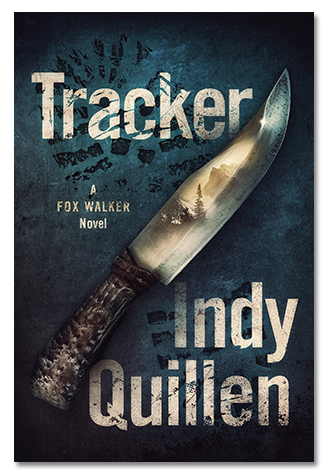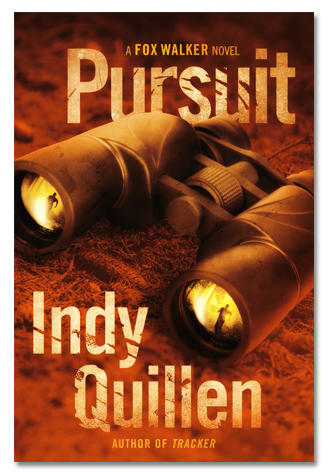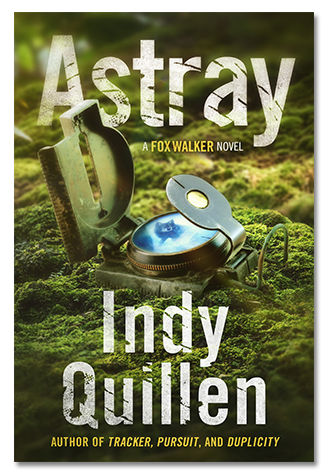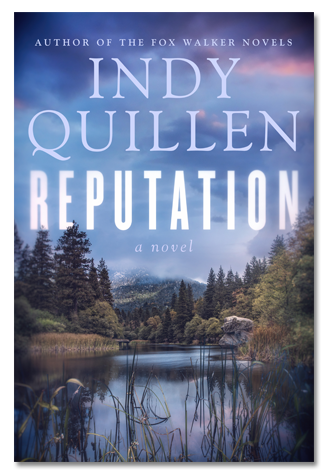
I recently overheard a remark I’ve found myself saying a lot lately. When my friend was asked about her many adventures, she replied, “Which life time are we talking about?”
I know that feeling well. Over the years I’ve experienced some completely different life styles. Not only because I’ve lived in different parts of our country—with varying weather and local culture—but also because I’ve worked a variety of professions and operated many of my own businesses. Not to mention the many creative endeavors I’ve enjoyed.
Raising a family in the Midwest with gardens and outdoor activities, morphed into living at the beach in Southern California—with lots of places in between, including Colorado. Talk about experiencing different life times!
My husband and I have changed as our lifestyles changed. Yes, we have our core values from our Midwestern roots, but we’ve also picked up habits and traits from each new experience in our travels. We’ve had control over where we wanted to live and how we wanted to live.
Our nation’s economy forced us to re-examine our livelihood & lifestyle.
We now constantly strive to grow multiple streams of income—and not be reliant upon just my husband’s job. Having my own company helps in that endeavor, as well. Then we made the decision to simplify our life—to downsize and focus on the really important things that make us happy.
 It’s proved to be a great decision. But it’s not that easy for some of people. Change can be scary and it brings to surface any insecurities. Some people dig in and stick with what is familiar rather than try something new, simply because it is easier. Easier is not always the better route.
It’s proved to be a great decision. But it’s not that easy for some of people. Change can be scary and it brings to surface any insecurities. Some people dig in and stick with what is familiar rather than try something new, simply because it is easier. Easier is not always the better route.
There can be times that demand that we adapt to survive; loss of a job, changing technologies, disabilities or long-term illness, countrywide economic hardships, or regional natural disasters can turn your life upside down.
Adapting to our ever-changing world often means that we have to re-invent who we are and what we do.
 It means re-evaluating what is important to us. It means doing a close scrutiny of who we’ve become and does it bring us true happiness. It means taking a hard look at our material possessions and maybe trimming some of the ‘fat’. It also means finding what gives us the most pleasure in life and making sure we keep a place for it.
It means re-evaluating what is important to us. It means doing a close scrutiny of who we’ve become and does it bring us true happiness. It means taking a hard look at our material possessions and maybe trimming some of the ‘fat’. It also means finding what gives us the most pleasure in life and making sure we keep a place for it.
My husband and I practice something we call Living Rich. It means we know what things give us pleasure and make us feel that we live an abundant life. They can be simple things. For us it includes having an occasional glass of wine with dinner, being able to travel, and crawling into bed every night to a fabulous, luxurious mattress that reminds us of staying in an expensive resort. These few items make us feel pampered and bring us great pleasure. It allowed us to cut out other items and trim up our budget without feeling that we were depriving ourselves.
Here’s a simple tool we used to help us figure out what made us happy in our lives and what could go by the wayside.
Sit down with paper and pencil and create four boxes:
Love It — Need It
Love It — Don’t Need It
Don’t Love It — Need It
Don’t Love It — Don’t Need It
 Now, go through everything in your life and place it within one of the four boxes. It’s important to make sure you include every aspect of your life, such as; house, cars, furniture, eating out, travel, wine, art, books, music, your bed, clothes, skin care products, car insurance, health insurance, various hobbies, etc., etc. The more detailed you go, the more benefit you’ll reap.
Now, go through everything in your life and place it within one of the four boxes. It’s important to make sure you include every aspect of your life, such as; house, cars, furniture, eating out, travel, wine, art, books, music, your bed, clothes, skin care products, car insurance, health insurance, various hobbies, etc., etc. The more detailed you go, the more benefit you’ll reap.
Look at where every item got placed on the chart. You might find some surprises. Take a hard look at the items that got placed in the Love It — Don’t Need It box and the Don’t Love It — Don’t Need it. These might be things you can exclude from you life. On the other hand, items in the Love It — Don’t Need It box could be the very things that bring you true happiness in your life – make you feel that you are living rich. These may be things you want to make sure you keep and cherish.
Doing this exercise helped us decide to get rid of any clothing in our closets that we didn’t just love–or made us feel that we looked our best. Even if it still fit, if we didn’t wear it because we didn’t love it, it went to the donation box. Now when we shop for new clothes, we ask ourselves, “Do I love this item? Does it make me look my best?” If the answer isn’t a resounding “yes”, we pass on it and look elsewhere. Now our closets are neat and compact, containing only clothes that make us feel that we look our best. And our budget thanks us!
Once you’ve taken a hard look at where you are, and where you would prefer to be, you can then start to formulate a plan. This allows you to look at the changes you want to make as exciting, instead of dreadful. It can be a grand adventure, instead of a torturous ordeal. It’s all about your mental attitude. The more appealing it looks to you, the easier it will be to conquer it. Good luck!


 Being outside in nature is the most basic part of who I am. Besides gaining knowledge about wildlife, I learn lessons about who I am, and surprise myself about what I am capable of achieving. Nature continually inspires me. It is a part of all my writings, no matter the genre or subject matter.
Being outside in nature is the most basic part of who I am. Besides gaining knowledge about wildlife, I learn lessons about who I am, and surprise myself about what I am capable of achieving. Nature continually inspires me. It is a part of all my writings, no matter the genre or subject matter. 





Interesting and some good points. I have an older sister who ‘re-invents’ herself about every six months. I guess that’s what you’d call it. She just starts over, moves into a new place, makes new friends… she’s been doing this her whole life. I don’t know that I could do that, but it seems to work for her.
Wow, Gordon. I do have to say that’s taking “re-inventing yourself” to a whole new level!
I’m a work in progress. Reinventing myself is proving difficult. But I shall persevere!
I know the feeling, Suad! I’ll admit that I do best at reinvention when it’s forced upon me—sink or swim kinda situation. But I can look back at those times as proof to myself that I CAN change and indeed survive.
My bride and I “re-invented” ourselves two decades ago. It’s been a great ride ever since. Status quo sucks.
I 100% agree., Mike! :0)